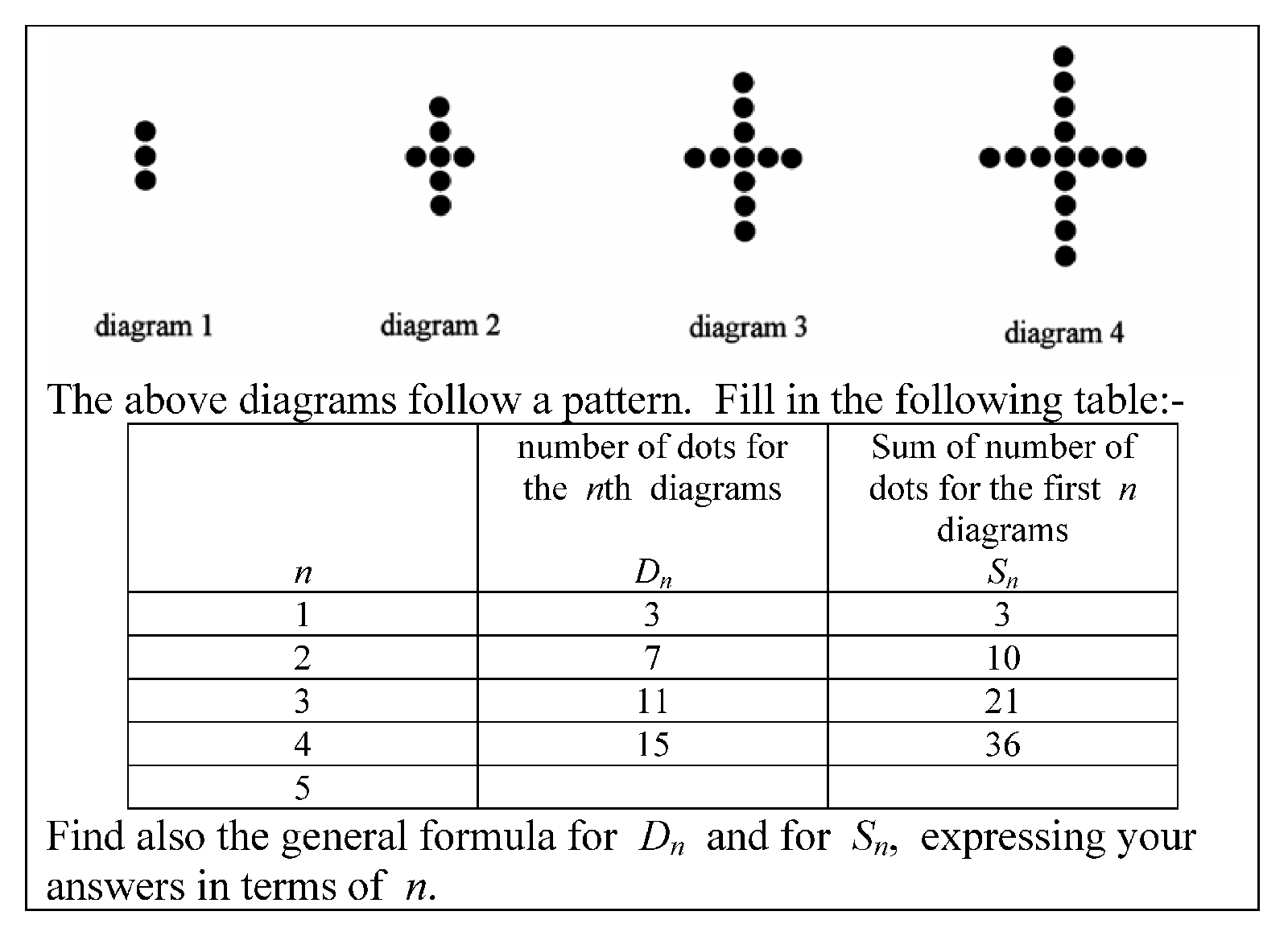

The second chapter concerns the number of representations of the integers as sums of a given number of elements from a given sequence, and includes the Erdős–Fuchs theorem according to which this number of representations cannot be close to a linear function. It studies essential components, sequences that when added to another sequence of Schnirelmann density between zero and one, increase their density, proves that additive bases are essential components, and gives examples of essential components that are not additive bases. It proves theorems on the density of sumsets of sequences, including Mann's theorem that the Schnirelmann density of a sumset is at least the sum of the Schnirelmann densities and Kneser's theorem on the structure of sequences whose lower asymptotic density is subadditive.

The first chapter considers the natural density of sequences, and related concepts such as the Schnirelmann density. Rather than being concerned with specific sequences such as the prime numbers or square numbers, its topic is the mathematical theory of sequences in general. The book has five chapters, each largely self-contained and loosely organized around different techniques used to solve problems in this area, with an appendix on the background material in number theory needed for reading the book. Although planned to be part of a two-volume set, the second volume was never published. It was written by Heini Halberstam and Klaus Roth, published in 1966 by the Clarendon Press, and republished in 1983 with minor corrections by Springer-Verlag. Sequences is a mathematical monograph on integer sequences.


 0 kommentar(er)
0 kommentar(er)
